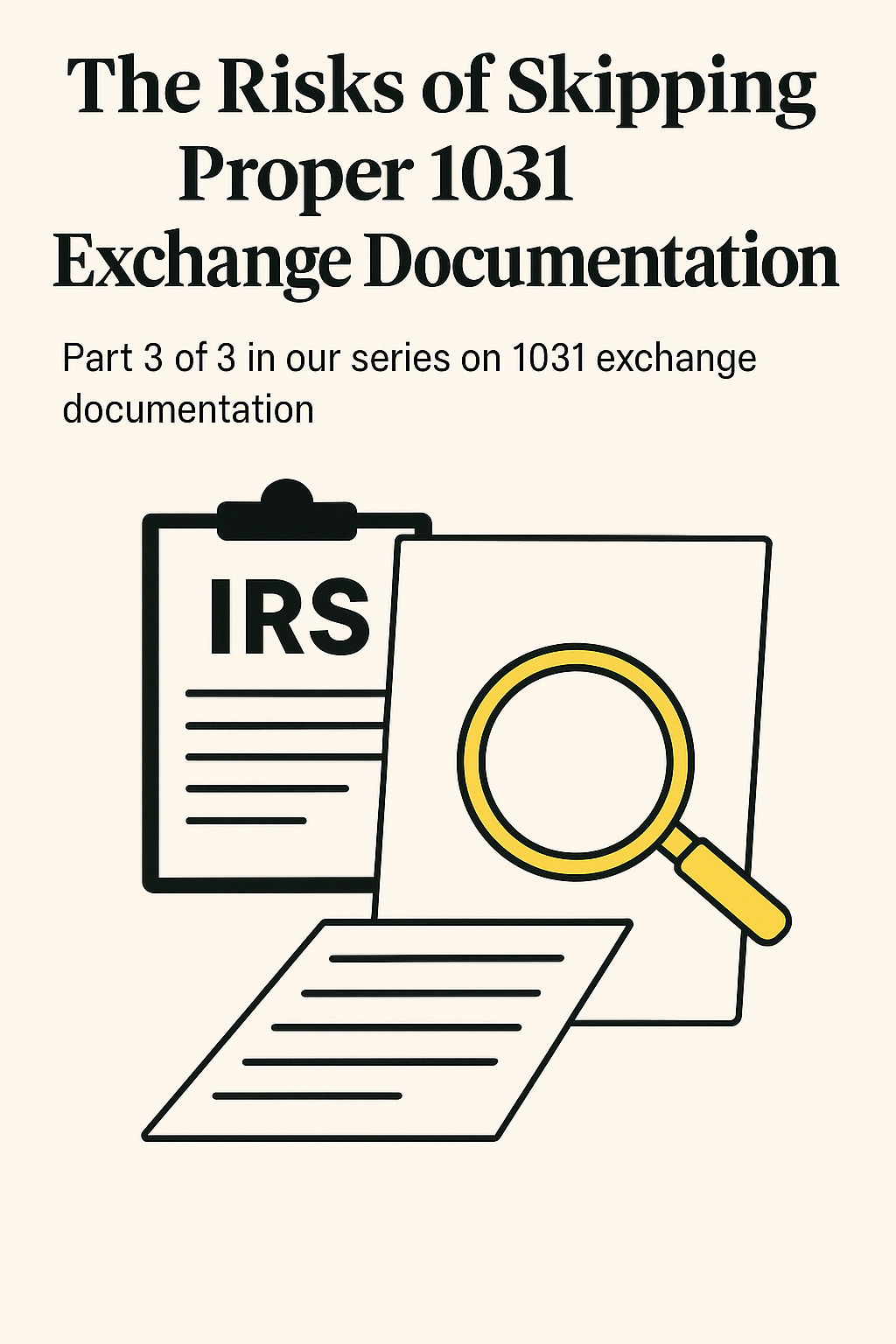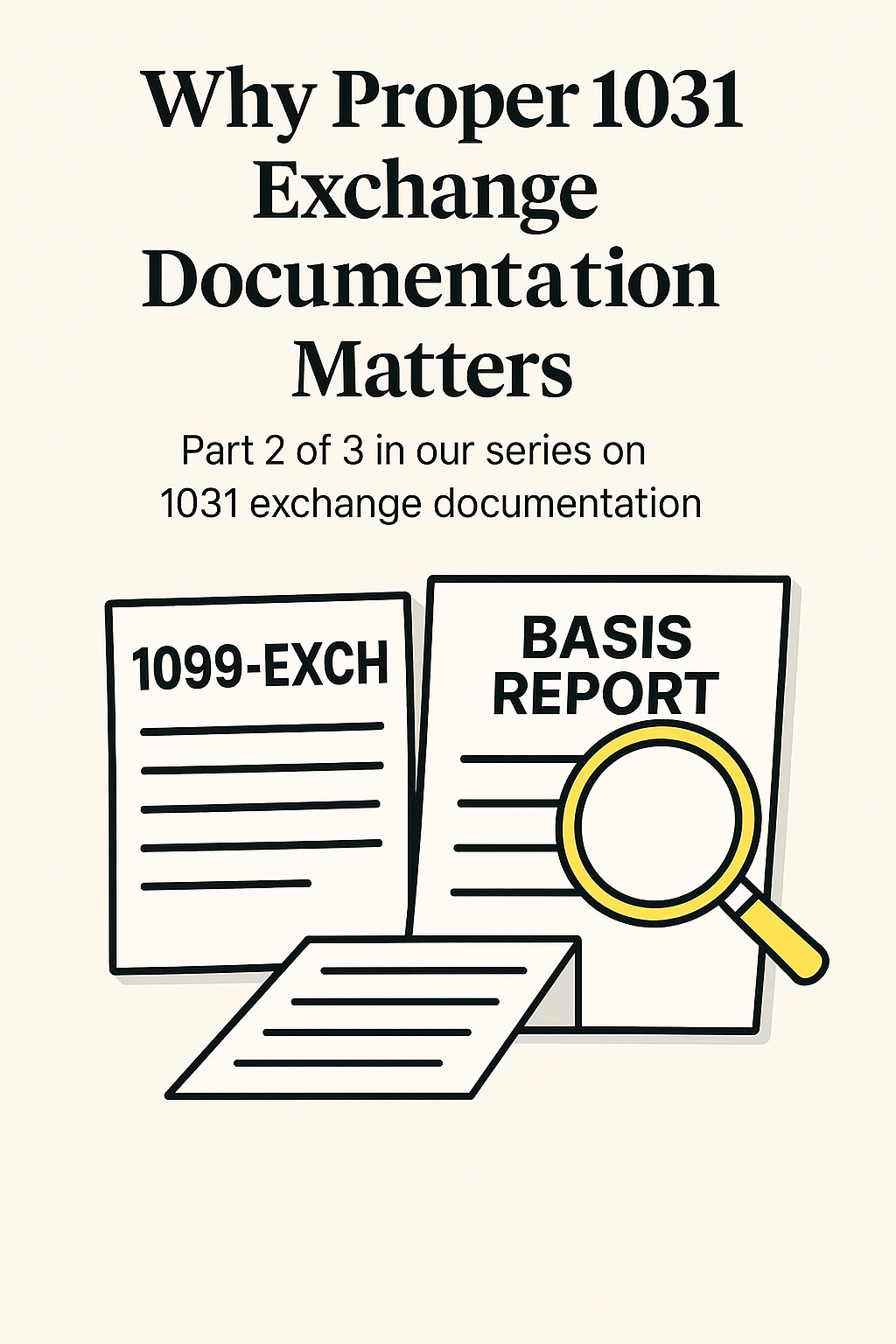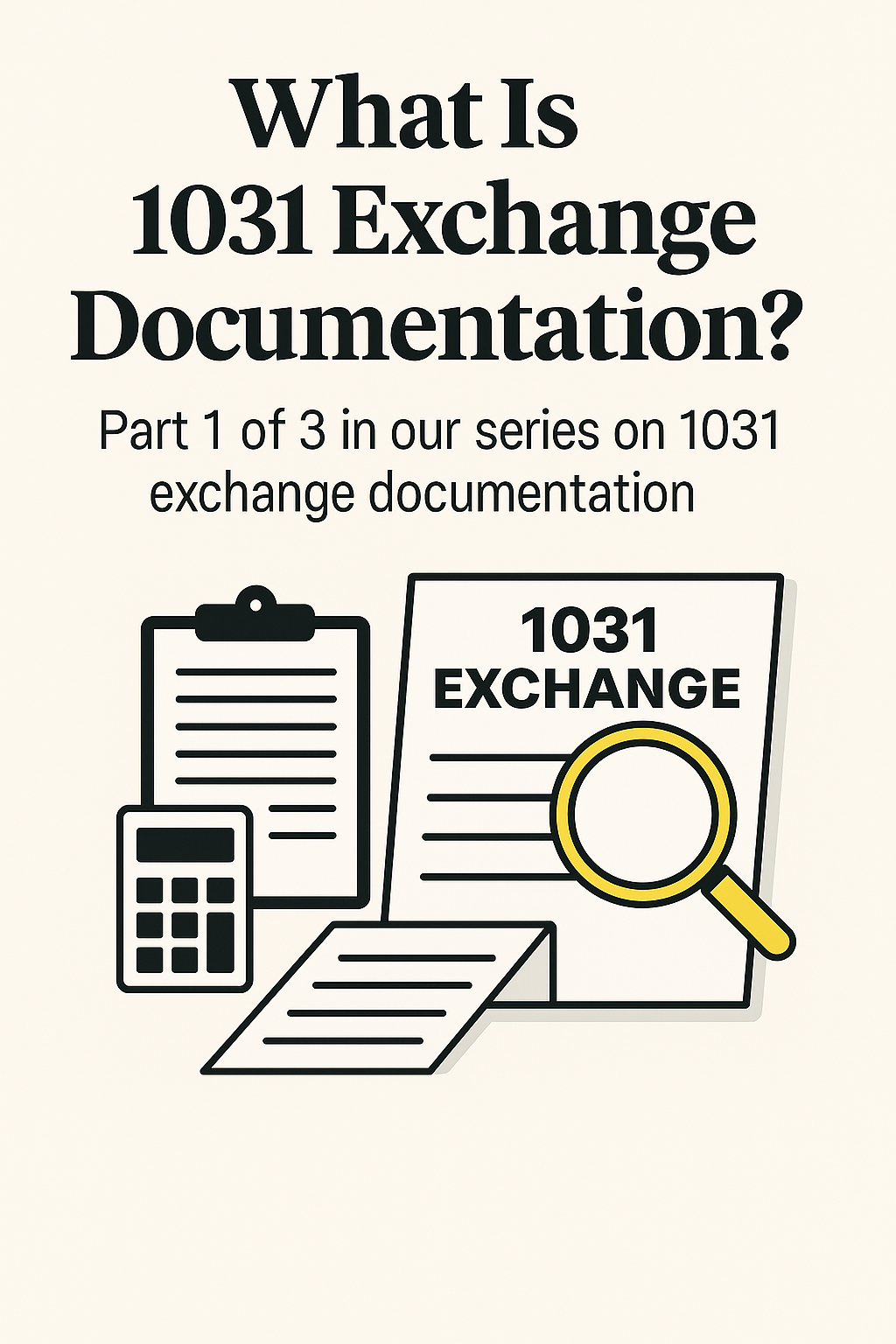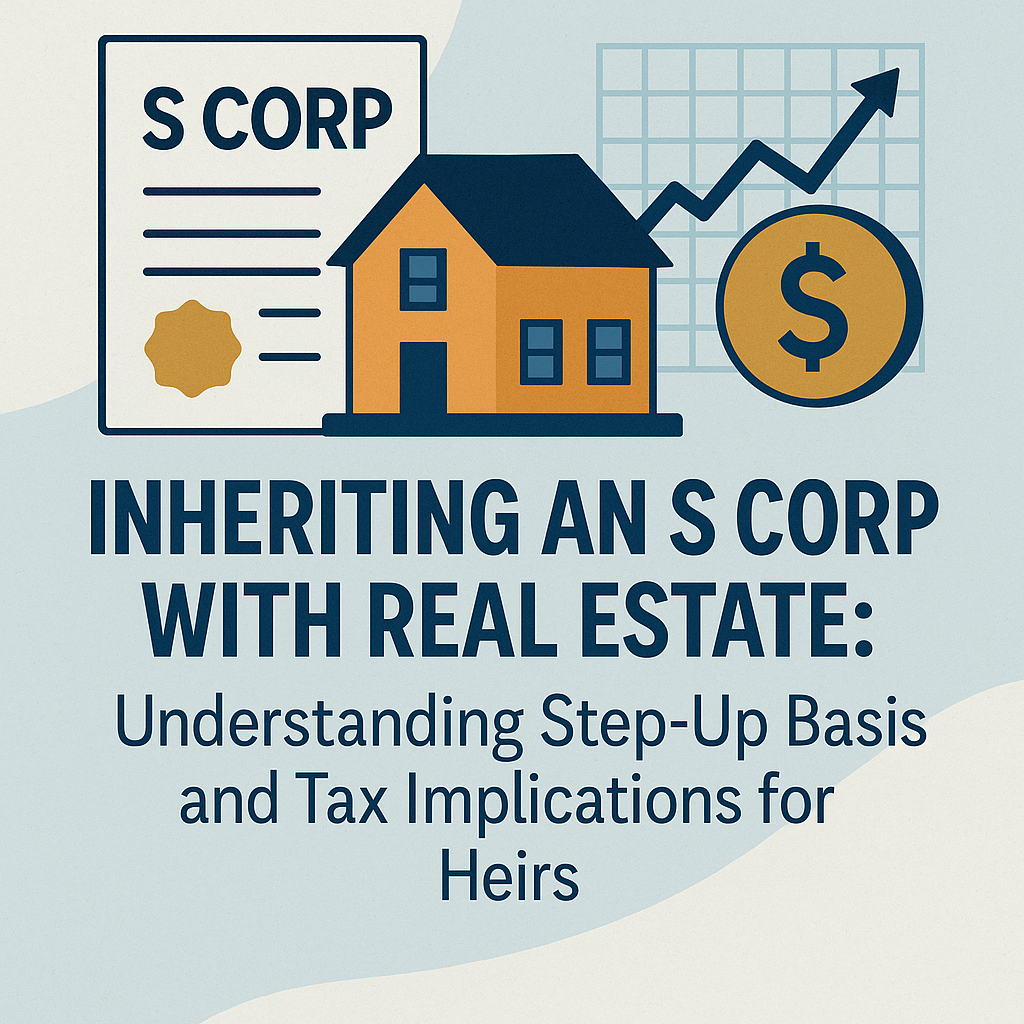Why This Is Important
Much of the tax preparation community believes that you can’t use a 1031 exchange to save taxes on a gain from a partnership. They are wrong about this. Here we show a case that presents a unique opportunity to save on taxes with a client named Drake. He is anticipating a gain of approximately $1,000,000 from the sale of a property owned by a partnership. He should be able to shelter most of the gain using a 1031 exchange.
Before we move on
Drake’s case is unique. The most common approach used with a partnership that owns appreciated real estate in order to get to a 1031 exchange is a drop and swap. The property drops out of the partnership, the title is changed to the partners individually, and then it is sold. If done correctly, this is generally acceptable to the IRS. It probably is not as acceptable to California auditors, but it can still be done. California has recently lost in a couple of cases where they tried to tax partners who did a drop and swap.
The key to a successful 1031 after the end of a partnership is planning. The sooner the planning is started, the better. If you are in a partnership that owns appreciated property, it’s never too early to start a conversation with your partner(s) regarding an exit strategy.
Back to Drake
Drake is retired, but he was previously self-employed as a professional in a lucrative field. Forty years ago, Drake and a few similarly engaged professionals purchased an office building to run their respective businesses from. They formed a partnership to operate the building. When Drake retired, he rented his share of the building to another professional who took over his practice.
Forty years later, several of the professionals have passed their interest on to their heirs. None of them get along. Although the property is making money, the only thing that they can agree on is to sell and go their separate ways. Several of the heirs, however, have no interest in exchanging or in cooperating with those who wish to exchange. In other words, Drake is going to have a gain of $1,000,000 in this partnership with no way to exchange because there is no cooperation among the partners. It is also important to note that the gain will happen early in the year, leaving some time for us to figure out what to do.
The phone call
At the urging of one of our referral partners, Drake gave us a call. He explained his problem and ended with, “I know there is nothing to be done. Steve said I should call you anyway just to make sure.”
Our response was that he was right; there was not likely anything that could be done to make the gain not show up on his tax return. But, what if there was something else on his tax returns or in his history that might help this situation? We talked for half an hour.
Once a gain shows up on a return, with some planning, there are other opportunities to make the tax bill smaller. Conservation easements, opportunity zones, and bonus depreciation on a purchase of a new property are all good examples. In order to find what will work best for each client, we need to find out what they have and match that with an appropriate strategy. In Drake’s case, it was another professional building he purchased on his own a few years after he bought the one in the partnership.
Drake’s Nuts and Bolts
Drake was thinking about selling this other building because he is getting older and wants to end his management responsibilities. The building is worth about $4,500,000 and has a mortgage of about $600,000. Drake has owned it so long that if he sells, he will have a gain in excess of $4,000,000. After paying off the mortgage, the taxes, and selling expenses, he will end up with about $2,300,000, almost half the value of the building. There is no way he wants to pay $1,400,000 in taxes on this sale.
Drake’s primary reason for wanting to sell is to end his management duties. To do so, he could sell, exchange, and buy DST properties. If he takes the $3,700,000 that he expects to net from the sale and buys DSTs with an average of 52% leverage, he will have about $2,900,000 of excess (or trade-up) basis. We could use cost segregation to get him about $600,000 of extra depreciation from the excess basis.
Assuming the partnership interest and Drake’s property sell in the same year, Drake will have solved more than half of his problem. Both the capital gain from the partnership and the extra depreciation are passive income, and they could offset each other. Drake could also put $200,000 into an opportunity zone to defer more of the tax.
Conclusion
We are still in the early stages of planning with Drake, but his story is important to share. Drake has a gain of $1,000,000 on which he might have to pay $310,000 in taxes. Using an exchange, he can shelter about $600,000 of this gain. If he puts $200,000 in an opportunity zone, this will bring the taxable gain down to $200,000, and Drake will pay about $60,000 in taxes.
With some planning, Drake will walk away with a lot more money in his pocket, having accomplished the goal of ending his management responsibilities.














